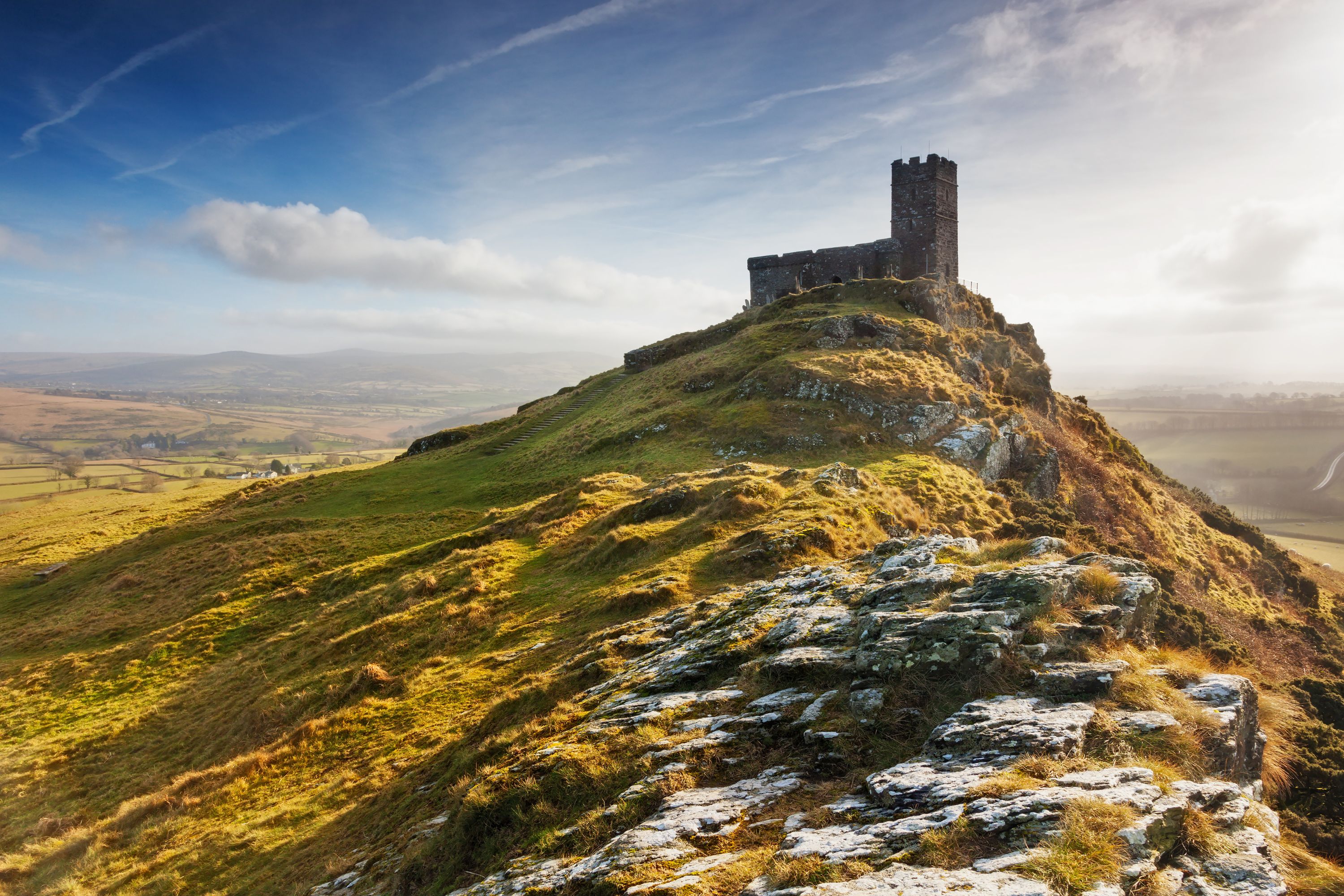A Bronze Age Burial Chamber Used To Hold Bodies Of The Dead In Ancient Times Was Discovered In An English National Park

Discovered in an English national park, a coffin-like structure dating back to the Bronze Age was used to hold dead bodies in ancient times.
It was revealed two years ago in Dartmoor National Park, a vast moorland of 386 square miles located in the county of Devon in southwest England.
Since 1951, the moorland and surrounding area have been protected by National Park status.
The structure is called a cist, which is a box or burial chamber used for funerary purposes. It became visible when the peat it was buried in started to erode.
Finds like this are rare from Bronze Age Britain, a period that spanned from around 2300 to 800 B.C.
The structure might be around 4,000 years old and has the potential to offer a glimpse into the lives of the people who lived in Devon during that time period.
Archaeologists don’t know for certain whether the structure is a cist. Further investigations are needed to learn more about it, but evidence strongly suggests that it is a cist from the early Bronze Age.
Additionally, the peat in the area is waterlogged, meaning that any artifacts inside the cist could still be preserved. Waterlogged conditions prevent organic remains from fully decomposing, resulting in exceptional preservation.
The park has planned to shell out $114,000 to carry out an excavation at the site. The first step of the process involves conducting a laser-scanning survey to see what is underground.
Ian Woolcock – stock.adobe.com – illustrative purposes only
Sign up for Chip Chick’s newsletter and get stories like this delivered to your inbox.
Then, the actual digging will begin. Removing the structure from the ground will be difficult because it might weigh over 600 pounds. The site is also far away from any roads, so a helicopter could be required to transport it.
The site’s exact location has not been publicized because park officials do not want to run the risk of having the site tampered with before investigations are completed. The discovery may be just as significant as another cist that was found a few decades ago.
In the 1990s, a cist was unearthed in a different area of the national park. It became known as the Whitehorse Hill cist. It belonged to a young woman who died around 1700 B.C.
Welcome to Billionaire Club Co LLC, your gateway to a brand-new social media experience! Sign up today and dive into over 10,000 fresh daily articles and videos curated just for your enjoyment. Enjoy the ad free experience, unlimited content interactions, and get that coveted blue check verification—all for just $1 a month!
Account Frozen
Your account is frozen. You can still view content but cannot interact with it.
Please go to your settings to update your account status.
Open Profile Settings